Hand blenders, also known as immersion blenders or stick blenders, have become an indispensable tool in modern kitchens, transforming the way we prepare food and beverages. These versatile appliances are designed to blend, puree, and emulsify ingredients directly in the container, offering convenience and efficiency for a wide range of culinary tasks.
At the heart of a hand blender is a compact yet powerful motor housed in the handheld unit. This motor drives a set of rotating blades located at the bottom of the device. When immersed into a container or pot of ingredients, the blades create a vortex that draws the contents towards them, effectively blending and breaking down solids into a smooth consistency. Some hand blenders also come with additional attachments, such as whisk and chopper attachments, which further expand their functionality.
One of the primary advantages of hand blenders is their versatility and ease of use. They excel at tasks like creating silky-smooth soups, sauces, and purees directly in the pot without the need to transfer hot liquids to a separate blending jar. This not only saves time but also reduces the potential mess and cleanup associated with traditional countertop blenders. Hand blenders are equally adept at whipping up smoothies, milkshakes, and even salad dressings, making them a versatile companion for both home cooks and professional chefs.
The ergonomic design of hand blenders contributes to their user-friendliness. With a comfortable grip and easy-to-reach controls, users can effortlessly control the blending speed and duration according to their desired consistency. Some hand blenders offer variable speed settings, allowing for precision control over the blending process. The lightweight nature of these devices also makes them easy to maneuver and use for extended periods without causing hand fatigue.
In recent years, technological advancements have led to the development of cordless hand blenders, which further enhance their convenience and portability. These models are powered by rechargeable batteries, eliminating the need for a power cord and enabling users to move around the kitchen without restrictions.
When selecting a hand blender, considerations should be made regarding motor power, attachment options, and durability. Higher wattage motors generally provide more blending power, capable of tackling tougher ingredients. Attachments like whisk and chopper accessories extend the appliance's capabilities beyond simple blending. Durability is also key, as hand blenders are often subjected to intense usage.
While hand blenders offer numerous benefits, they do have some limitations. They might not be as effective at handling large quantities as traditional countertop blenders. Additionally, certain recipes that require more precise control over texture might still necessitate the use of traditional blending methods.
In conclusion, hand blenders have become essential kitchen companions, offering convenience, versatility, and efficiency. Their ability to blend, puree, and emulsify directly in the container streamlines cooking processes and reduces cleanup efforts. As technology continues to evolve, these compact and powerful appliances are likely to play an even greater role in modern culinary practices, making them an investment that brings both convenience and creativity to the kitchen.


 英语
英语 俄语
俄语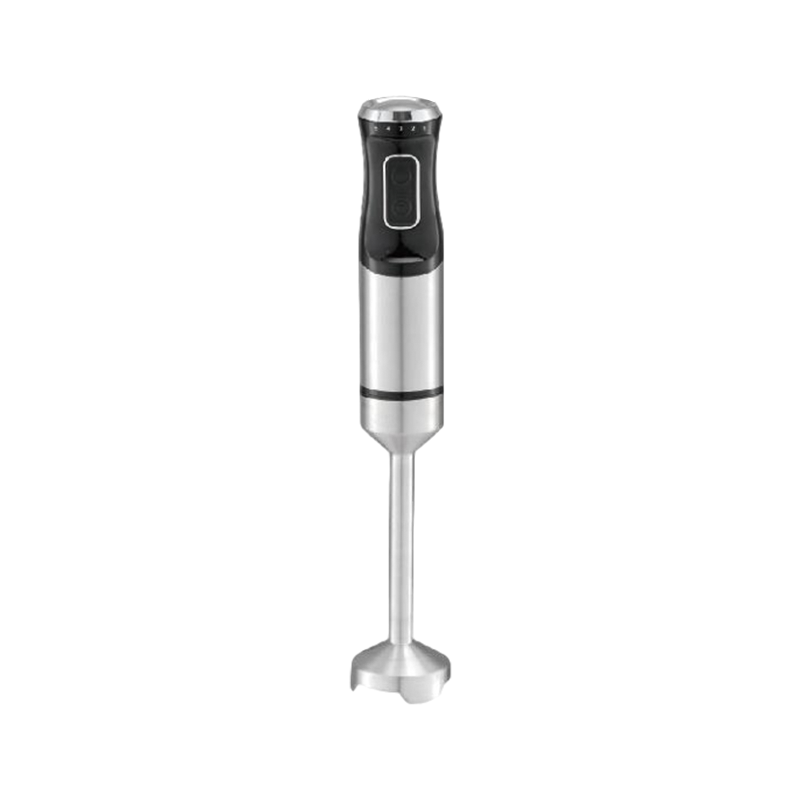
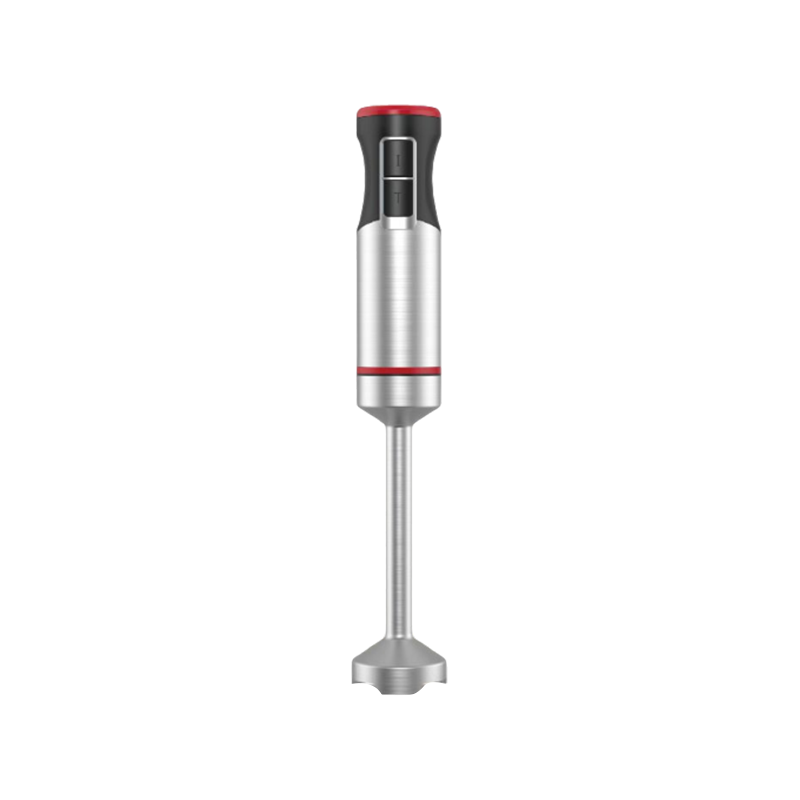
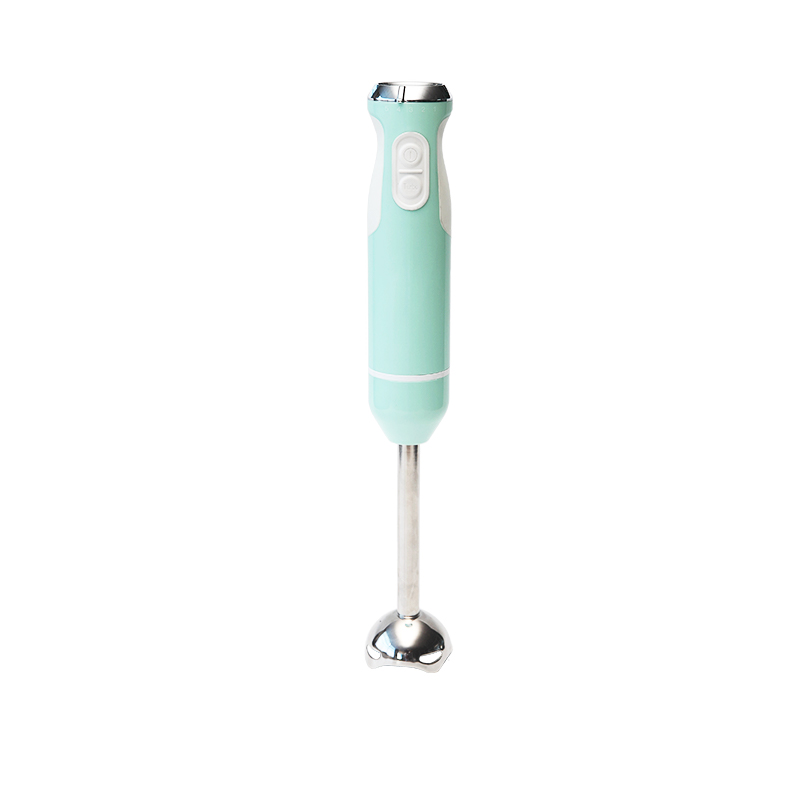
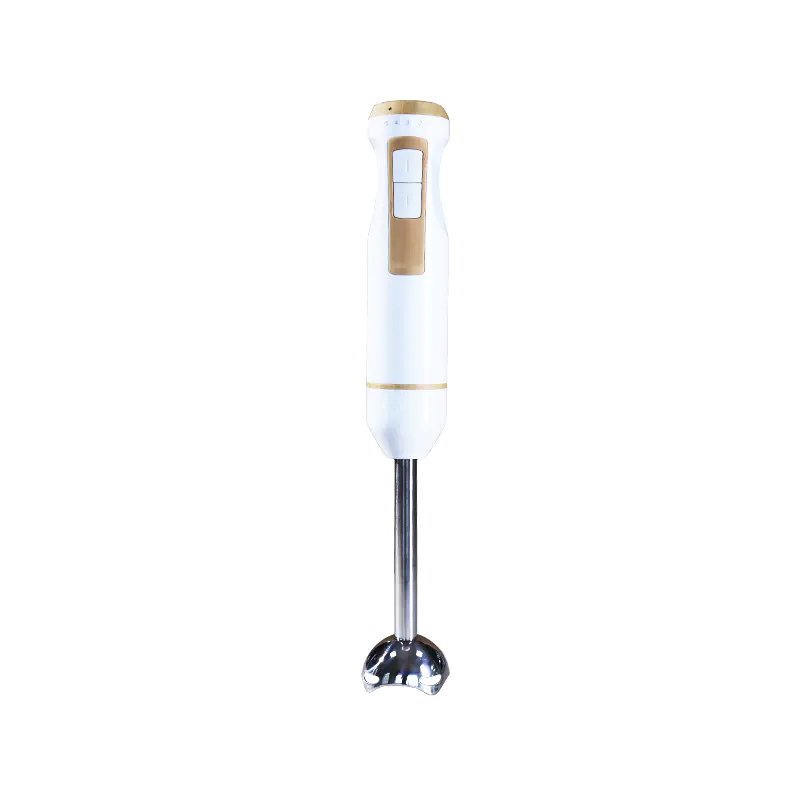
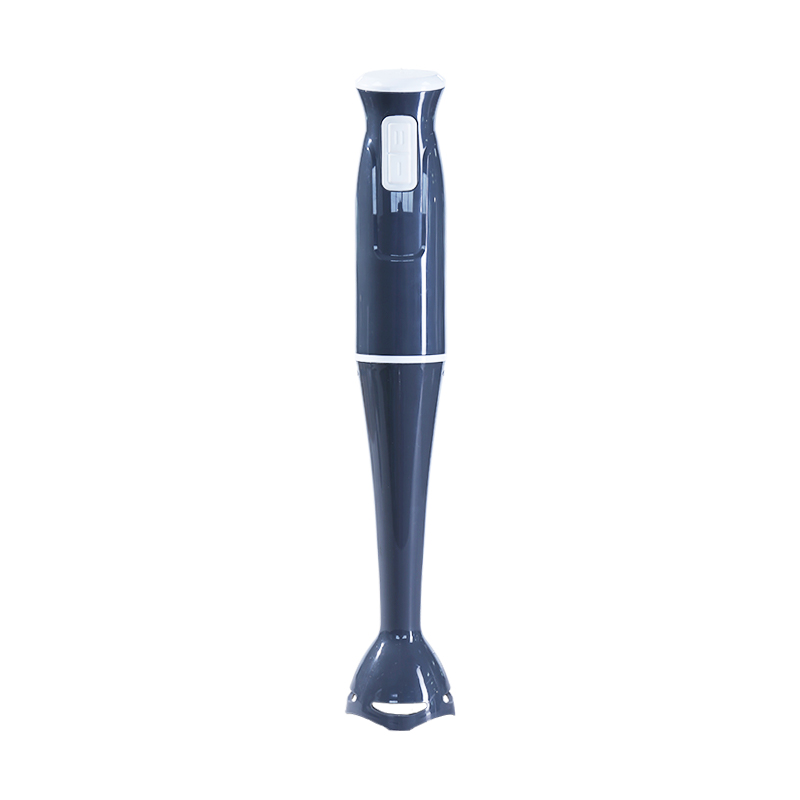

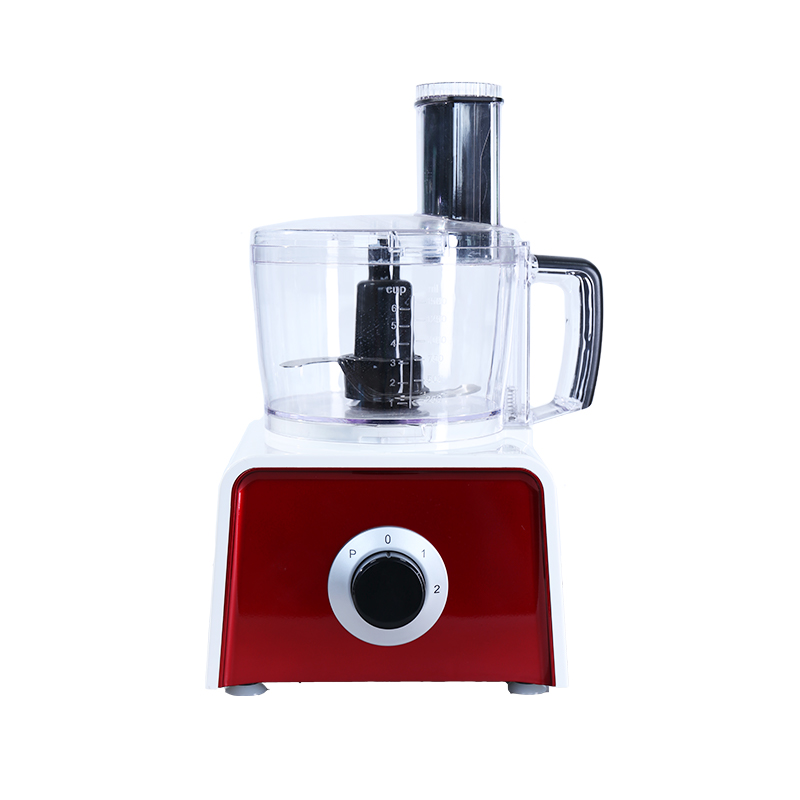
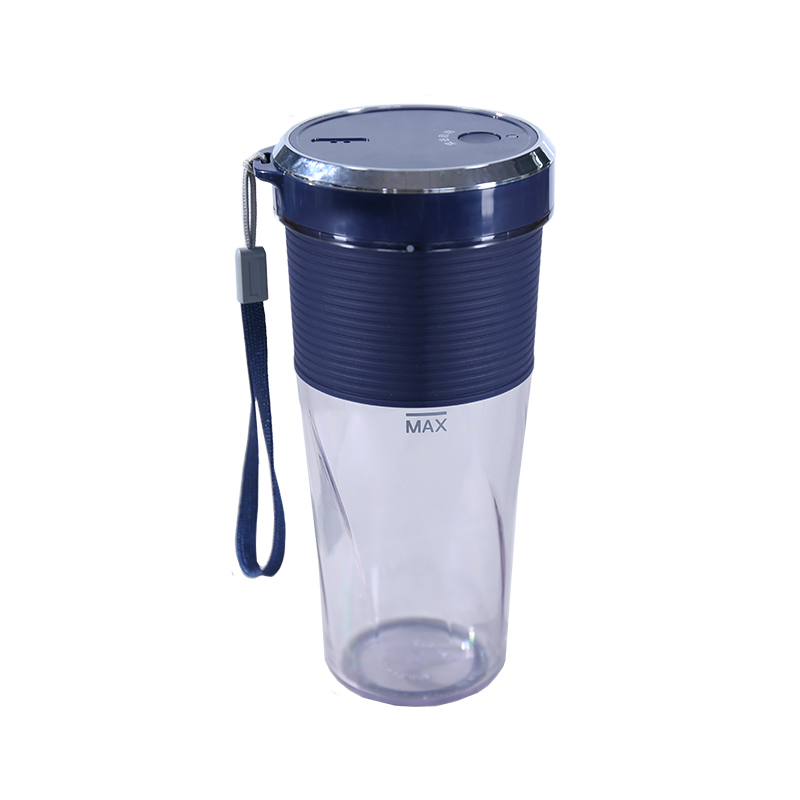



 About Us
About Us

